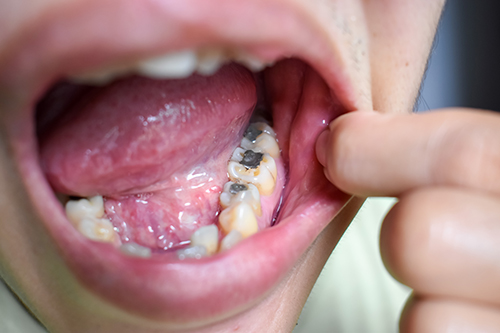DENTAL TOXICITY & Common DENTAL MATERIALS
Dental toxicity is a subject that warrants major investigation. While there are scientific peer reviewed papers that have been published around the world, this subject is rarely investigated by doctors or dentists whose patient may be suffering from the exposure of toxic dental materials.
There are so many diseases that have a link to the oral cavity, and the science shows this, but the industry refuses to address just how toxic these dental materials can be. We are providing a snapshot of various papers to show just how pervasive this problem is, and how it can affect the patient who has been exposed to these materials.
COMMON DENTAL MATERIALS

Many dental materials contain various metals, from mercury to aluminum, copper to nickel, silver to gold, and now titanium being used in implants, are being used around the globe.
All of these metals break down in the oral cavity and can translocate to various parts of the body, far from the mouth. Mercury in dental amalgams is one of the most common, as well as one of the most toxic of these materials. Mercury toxicity has been linked with a plethora of diseases, and yet, this toxic material is still promoted as a “safe and effective restorative material”, by the industry. Some of the diseases that have been linked to mercury in dental amalgam are: Alzheimer’s disease, amyotrophic lateral sclerosis (ALS), various autoimmune/inflammatory diseases, chronic fatigue, syndrome, fibromyalgia, multiple sclerosis, and Parkinson’s disease. (SOURCE)

Composite materials, commonly known as “white fillings,” are one type of dental material that is quickly gaining popularity. These are a type of glass-plastic material, often selected for aesthetic reasons because they can be made to look just like a real tooth.

Porcelain and ceramic materials are popular as dental restoratives because they look and feel very much like real teeth. It is difficult to provide a comprehensive list of ceramic components since they vary greatly depending, not only on the materials used but also depending on the type of restoration.
